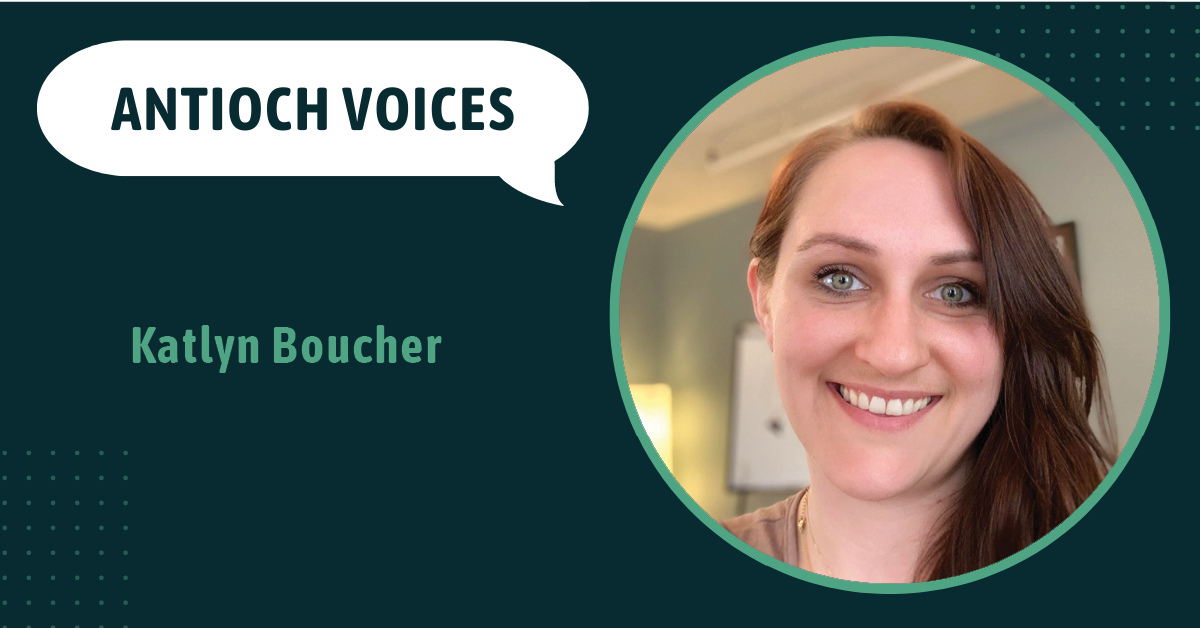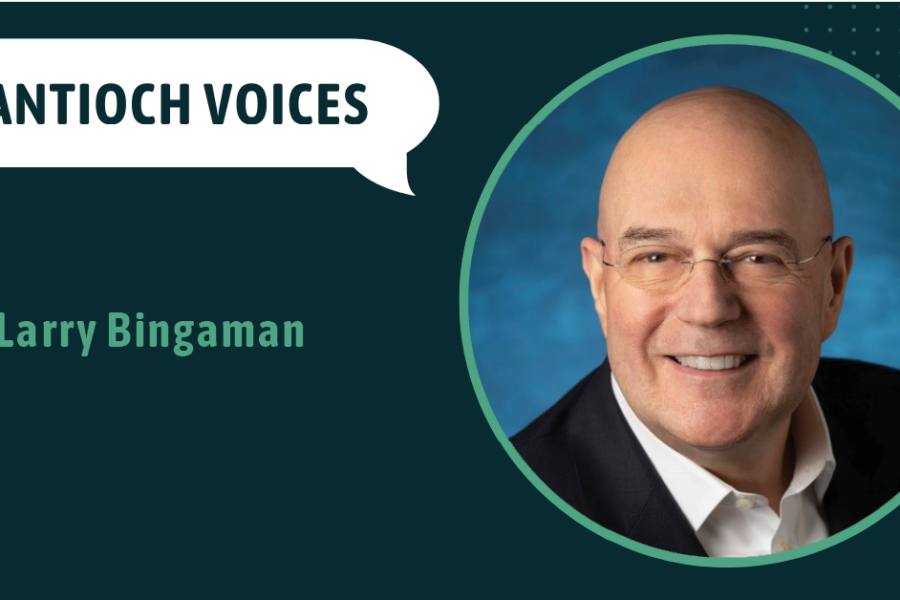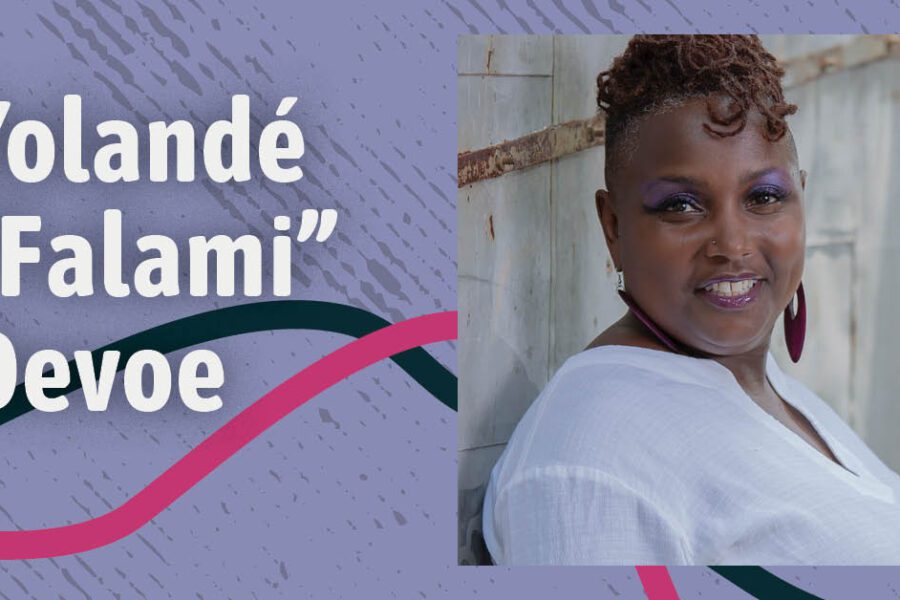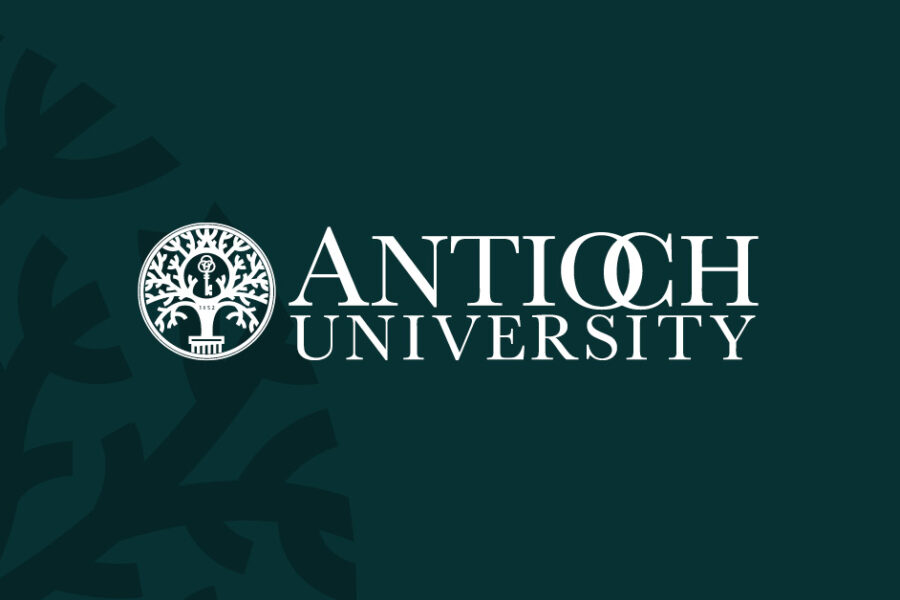This essay is part of Antioch Voices, a forum for Antiochians to speak out about issues important to them. Opinions expressed here belong to the author alone and do not necessarily reflect the official position of Antioch University. If you’d like to share your own voice, the first step is to send a short description of what you are planning to write about to [email protected].
On this day, we celebrate children, the magic of childhood, perhaps reminisce about our own, and hopefully reflect on the kind of world children are living in now. It’s that last notion I’d like to honor on this children’s day, on what kind of world we, as adults, are creating for children to live, grow, and inherit. This is not to be hard on ourselves but to see where we can grow in our own capacity so children can have greater opportunities now and in the future.
This semester I’ll be graduating from Antioch’s New England campus with an MEd specializing in Waldorf education, an alternative education philosophy and methodology created by Dr. Rudolf Steiner in 1919. While Steiner gave lectures on multiple areas, from medicine (anthroposophic medicine) to farming (biodynamic farming), politics and money, and architecture, he primarily focused on education by way of how the adult holds their own energy and space as the child grows, how the adult manages themselves, mentally, physically, emotionally, and spiritually, as a means of preparation to receive the children and guide them. Steiner believed that education was a means of removing obstacles out of a child’s way of his/her fullest potential, and it was the responsibility of teachers and parents to be both in touch with the child’s higher self in order to shine a light on the child’s development.
While there is a vast library of resources for Waldorf education, today I’d like to
highlight two key practices to embody that I’ve witnessed and experienced that brought vast change in parent/child relationships from their application.
The first key piece is creating rhythm in everyday life, rather than a strict schedule to adhere to. Children need (and really don’t we also?) time for “in breath” activities that bring us inward, reflective, focused work followed by “out breath” activities like dancing, walking, socializing. Everyone has their balance as do children, and creating rhythm in the day mimics one’s own breath as well as the regularity of the beating heart. By establishing rhythm in a child’s external world, the child can feel met by his/her external environment, creating more harmony. In a Waldorf homeschooling workshop, a colleague and I prepared parents for this shift into creating rhythm with the following excerpt from my thesis:
The purpose for establishing rhythm is not only because life is one great rhythm, and there are many rhythms in it, but because when children have rhythm, it truly allows them to delve into subjects in a healthy way, because with rhythm and routine, there is a harmonizing that happens throughout life, and when we are operating out of a place of harmony, we are far more capable to make healthy decisions and live into gratitude. Think about when you’ve had enough sleep, when you’ve had enough exercise and eaten good food. Think about your ability to take on challenges versus when you are tired, hungry, and stagnant. What is your ability to tackle a problem?
This led to a further discussion on what rhythm would work for each family, depending on the parent’s career and schedule, the number of and ages of children in the home, and bringing a spirit of experimentation. Steiner often says, “rhythm replaces strength” (O’Connell, 2020), and when we begin to train ourselves and have the discipline to establish these pillars in everyday life, it replaces the need to have as much effort in our planning and doing. It allows us to embrace and enjoy other rhythms as well: the rhythms of the seasons, the rhythms of the skies, and our own rhythms in our bodies. When we think about creating the daily rhythm, we need to also keep in mind the view for the week. Then it becomes a conversation with yourself about what you would like to accomplish each day. Thus, rhythm replaces strength. Your capacity to overcome inertia in your life increases as you have a vehicle to build momentum for what you want in your life. As the planets have their own forces that keep them in motion, we too can enact such forces within our own lives.
The next key piece is speech and gesture, yes, our actions and words. We hear this all the time that our actions and words matter, however in our rushed society it is seemingly counter-cultural to bring awareness to our own movements in everyday life, to how we move in the world, as well as the selection of words we choose and how we utilize each one. There are many schools of thought behind words as vibration and movements rippled into the quantum field, and somehow Steiner knew of this profound combination of speech and gesture as an expression of beauty for children to fall in love with language, as a precursor to reading and writing. From my thesis, I carry on:
Steiner brought particular attention to speech formation for children, as well as for teachers. In SPEECH AND DRAMA, Steiner (1924/2007c) states that “[speech formation] is to be conscious of the very way one speaks, such as the way of letting out the sounds, the use of gesture, the way one relates to what one talks about” (p. 30). In a lecture originally given in 1919, Steiner shares in THE GENIUS OF LANGUAGE, as quoted here from Okumoto’s (2019) Enlivening thinking and speech in search of spiritual identity: The goal of speech formation is to have an access to this original power of language. Such ultimate goal of speech formation is not explicit in Waldorf education; however, the whole practice of speech formation is to prepare students to have a body, heart and head that are holistically developed, so that they can be conscious of and open to this subtlety of language. (para. 7)
On this children’s day, I hope you can take a moment to reflect on how you operate in the world from your daily rhythm to the words you choose and movements you make, to create greater calm within your own environment, as a beacon of what being an adult can be, a self-regulated master of one’s own space, time, and energy.
(For more resources, there is the Rudolf Steiner Archives online as well as the reference pages of my Master’s thesis: Learning as Life: Empowering Leadership for the Guardians of Childhood.)

Katlyn Boucher
Katlyn Boucher has been working with families and children for over 20 years, as a classroom teacher, nanny, parent coach, professional healer, and homeschool transition coach – by applying Waldorf methodology into everyday life. The Master’s thesis she completed through Antioch University New England and the Waldorf Education Department is a reflection of her lifelong work with families, bridging holistic living with a child’s education. www.katlyneboucher.com






